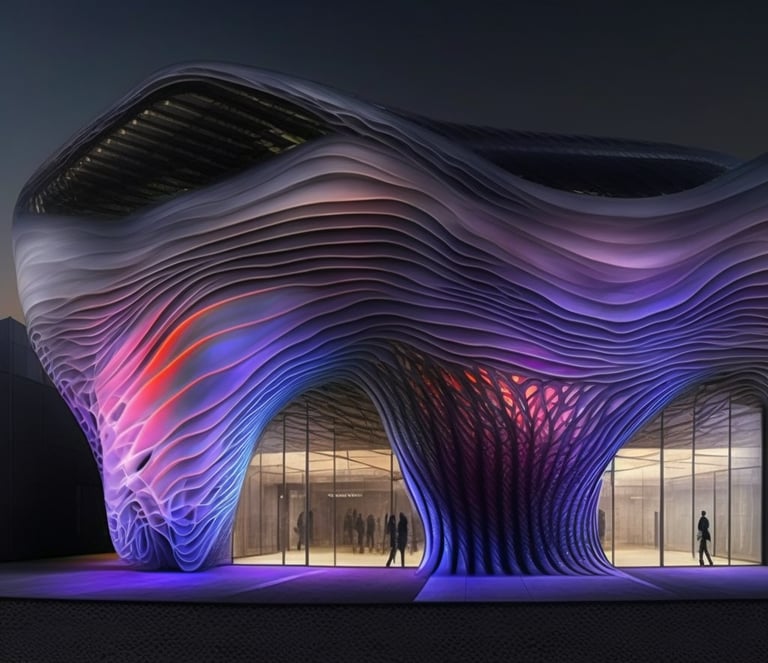Building a Sustainable Future: Exploring the Exciting World of Futuristic Facade Design
As the world moves towards a more sustainable future, architects and designers are increasingly turning their attention to facade design as a way to make buildings more energy-efficient and environmentally friendly. With advancements in materials and technology, the possibilities for futuristic facade design are endless, and the benefits for both the environment and building occupants are significant.


As the world moves towards a more sustainable future, architects and designers are increasingly turning their attention to facade design as a way to make buildings more energy-efficient and environmentally friendly. With advancements in materials and technology, the possibilities for futuristic facade design are endless, and the benefits for both the environment and building occupants are significant.
One of the key elements of futuristic facade design is the use of smart materials. These materials can respond to changes in the environment, such as temperature and light, and adjust accordingly to regulate heat and light levels within a building. For example, some smart materials can change color or opacity in response to the sun's intensity, reducing the amount of energy needed to cool the building.
Another key element is the use of renewable energy sources, such as solar panels integrated into the facade itself. These panels can provide energy to power the building, reducing reliance on traditional energy sources and lowering carbon emissions.
In addition to their environmental benefits, futuristic facades can also be visually stunning, adding a new dimension to the aesthetics of a building. Innovative designs can be created using a range of materials, from glass and metal to wood and concrete, and can incorporate elements such as patterns and textures to create a unique and eye-catching appearance.
Perhaps most importantly, these facades can have a significant impact on the well-being of building occupants. By reducing energy consumption, they can help to create a more comfortable and healthy indoor environment, while also reducing noise pollution and improving air quality.
As the world continues to prioritize sustainability and energy efficiency, the potential for futuristic facade design to make a real difference is enormous. By incorporating cutting-edge materials and technology into building design, architects and designers can create structures that are not only beautiful but also environmentally responsible and socially conscious. The future of facade design is exciting, and the possibilities are endless.
